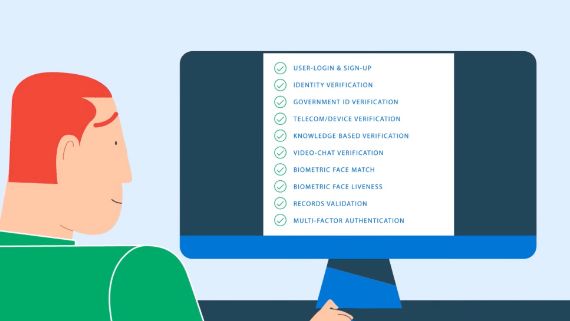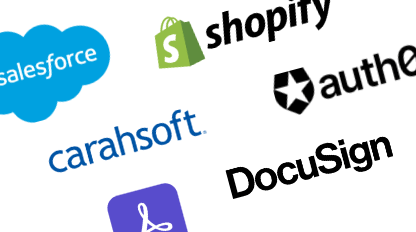Have you ever had to make yourself understood to someone who doesn’t speak your language?
It can be challenging, frustrating — maybe even embarrassing or awkward.
But a language barrier is no joke when it comes to interacting with your government for services or benefits.
Language is an often overlooked, but critically important component of digital equity.
That’s why ID.me has the most wide-ranging choice of languages available in the identity verification marketplace.
For the vast majority of Americans, English is their native tongue; but for over 67 million more, English is not the language spoken at home, according to the U.S. Census Bureau.
And that can present a real challenge to proving that you are who you say you are, which is the first, essential step to obtaining benefits or services.
Consider Spanish, which has been one of the fastest-growing languages in the United States over the last 50 years. Over 43 million Americans use Spanish as their native language.
ID.me has provided Spanish-language services, including both self-serve verification in Spanish and the option to use video chat and interact with one of our Trusted Referees in Spanish.
But Spanish isn’t the only language ID.me supports.
Chinese (both Mandarin and Cantonese), Tagalog, Vietnamese and Haitian Creole round out the top five non-English languages spoken at home in the United States, each with at least a million speakers or more.
ID.me accommodates speakers of all these languages. In fact, ID.me today offers self-serve verification in nine languages.
And we offer video chat verification in 16 languages, including American Sign Language. The Armenian language is our most recent addition.
As ID.me has added languages to our offerings, we’ve opened up access to thousands and in some cases millions of additional Americans.
That’s digital equity in action.
ID.me believes in our motto, No Identity Left Behind, and living up to that motto means providing services in a wide range of languages.
Here are some features of language support at ID.me:
- ID.me’s user interface is internationalized and can be set to different languages — non-English characters and names are fully recognized. The ID.me Product and Member Support teams are constantly expanding our language capabilities.
- ID.me’s workflow is available in both English and Spanish, and we offer full vendor support for Spanish speakers, including video call verification, at no additional cost. We have created several help pages targeted at Spanish users and continue to add more customized Spanish content for both our state and federal partners.
- We are diligently working to offer additional language capabilities for our standard workflow. If there are additional languages that your agency requires support for, please work with your ID.me account team. For example, we received a request from the state of Florida to implement Haitian Creole, which we were able to complete.
- Our Trusted Referee team offers additional language support for video calls, including French, Arabic, Urdu, Mandarin, Somali, and a host of other languages. We have also created video call scripts for American Sign Language. During calls, users can request a Trusted Referee that speaks their language.
- Users are also allowed to bring translators or family members on video calls to assist in verification, provided they consent to being on camera and showing their ID.
- ID.me continues to hire multilingual support in other languages so we can further meet the needs of our users. We are rapidly expanding our Trusted Referee team to accommodate demand.
All Americans want secure and fair identity verification — but not all Americans have English as their first language. The language support that ID.me provides helps make digital identity verification equitable for all Americans.
And that’s a core value of ID.me.



